How to Learn to Tie Sea Knots
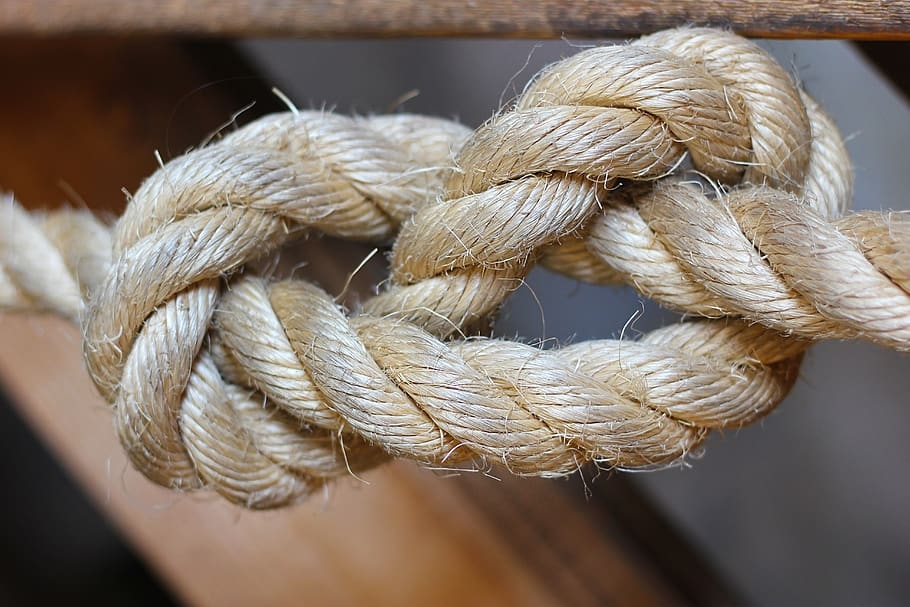
Sea knots for novice yachtsmen are one of the first sections of training in a sailing school. Without this, it is impossible to set up the sails, moor the boat or lower the ladder. The ability to knit sea knots is an art that is rooted deep in the past, in the time of the Incas and pharaohs.
History of sea knots
People learned to tie knots before they invented the wheel or learned how to make fire. Any improvised means could be used - fibers, stems, tendons of animals, while no special tools, except for a pair of skillful hands, were required. Everything brilliant is simple.
With the help of knots, our ancestors fastened tools, put domestic animals on a leash, weaved nets for fishing, created writing, built huts and the first boats. Sea knots have established themselves as the most reliable and original, and sailors and fishermen were famous for their ability to deftly work with ropes.
Images of today's popular sea knots can be seen on the ancient Egyptian "Ships of the Dead" - funerary models of boats that are more than 5,000 years old. These ships were to deliver the soul of the deceased to the Realm of the Dead. Archaeologists found a gazebo knot on the surviving gear of the ship of Pharaoh Cheops, and a dislodged knot on one of the doors leading to the tomb of Pharaoh Tutankhamun.
People have long believed in the magical properties of knots. Tying them in a special way, healers healed patients, removed damage, protected them from the evil eye. Until now, for example, six knots are tied on the famous red thread brought from Israel, and then the seventh is fixed on the wrist.
One of humanity's most ancient inventions continues to serve us. And centuries later, the ability to quickly and correctly tie a knot can still save someone's life.
Classification of marine knots
The knot for seafarers is of particular importance. Initially, as soon as the first sailing vessel was created, all gear was fastened with ropes. All sail control was literally tied to cables and blocks. And on such huge sailing vessels as "Sedov" or "Kruzenshtern", the total length of all ropes and gear is measured in tens of thousands of meters. And in all varieties of sea knots, any sailor was obliged to understand.
In the heyday of shipping, when the seas were ploughed by frigates, caravels and clippers, there were about 4,000 species of sea knots. About 700 ways to knit sea knots have survived to our times. In modern nautical schools, no more than 40 sea knots are studied, an experienced yachtsman is able to do with a dozen. But no one underestimates the importance of marine units for both sailing yachts and motor yachts. Using them, you need to moor in the marina, tie the fenders, lift the load or take someone in tow.
An important feature of the sea knots is that they must withstand a multi-ton load, but if necessary, they can be untied without much effort. Each node has its own functions, on the basis of which several categories are distinguished.
- Locking knots (knots) - with thickening at the end, connect the root and running ends. For example, they allow you to keep a scotch or tether in the stopper to avoid slipping.
- Fastening knots (hitch) - allow you to attach the rope with the running end to another rope, rigging element or object. For example, attach a flag, moor in the marina.
- Binding knots (bend) - connect even ropes of different thicknesses. For example, when when putting on a stretch near the shore there is not enough length of the moor.
Among the types of sea knots, there are still tightening - those that become only stronger under load, and non-tightening - those that retain their shape. For example, knotted loops can be adjusted in size, when tensioned, the knot remains stationary.
Main marine nodes and their applications
Before you get up to the helm and work with sails, you need to learn how to tie sea knots. This is the beginning of practical training on a yacht. On board, every little thing matters. Even the way you put a coil of rope in a coil and hang it to dry.
There are two main terms to remember so that you can follow the instructions.
The root end is the part of the rope that remains stationary.
The running end is the part of the rope that remains free and is actively used in the work.
Unusual sea knots with the names "cat's feet", "thieves'", "snake", "ram's foot", "crab loop", "monkey chain", "drunk", "oyster" cause great curiosity. You can read more about them, for example, in the book by Lev Scriabin "Sea Knots". Beginners in sailing for a start it is enough to know which main sea knots are used most often.
Eight
Classic. The name reflects the form. This sea knot can be tied effortlessly, even if the rope is wet. On a sailing yacht, the "eight" knot is usually used as a stopper and fastener. Using the "eight", you can make handles for a bucket or a harness for a sled, pull the strings of the guitar or make the dog leash more comfortable.
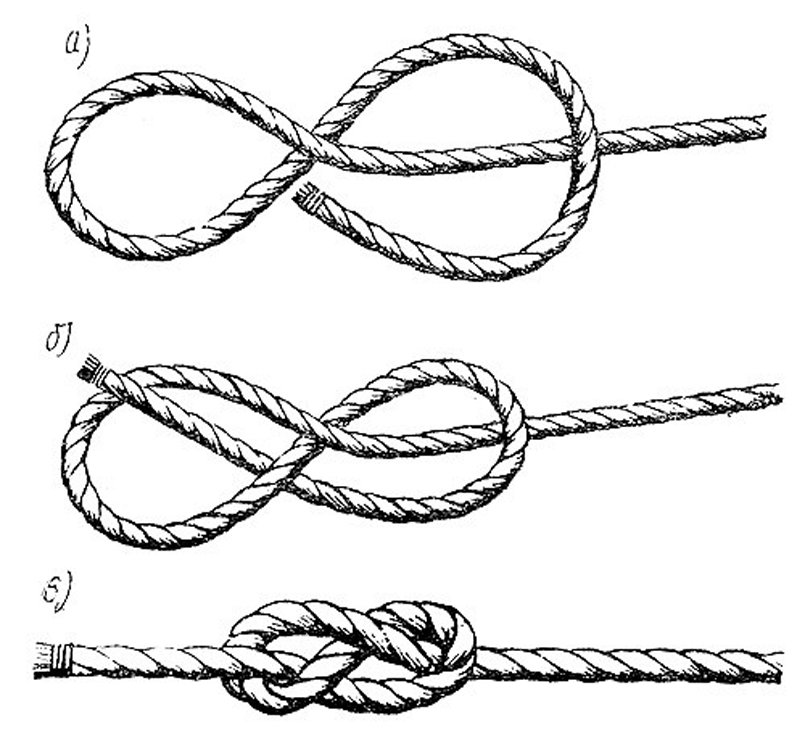
How to tie the sea knot "eight":
- Create a loop. To do this, wrap the running end around the root end, and then pull the end out from the top.
- Start the running end and thread it into the loop.
- Tighten.
Direct Node
Even the ancient Greeks called it "Herculean". They connect two ropes of the same diameter, tie the cover from the sail. A straight knot is instantly tied and untied, but does not withstand heavy loads, and when water enters, it can lose its shape. Sailors consider it unreliable and try not to use it where safety may depend on it.
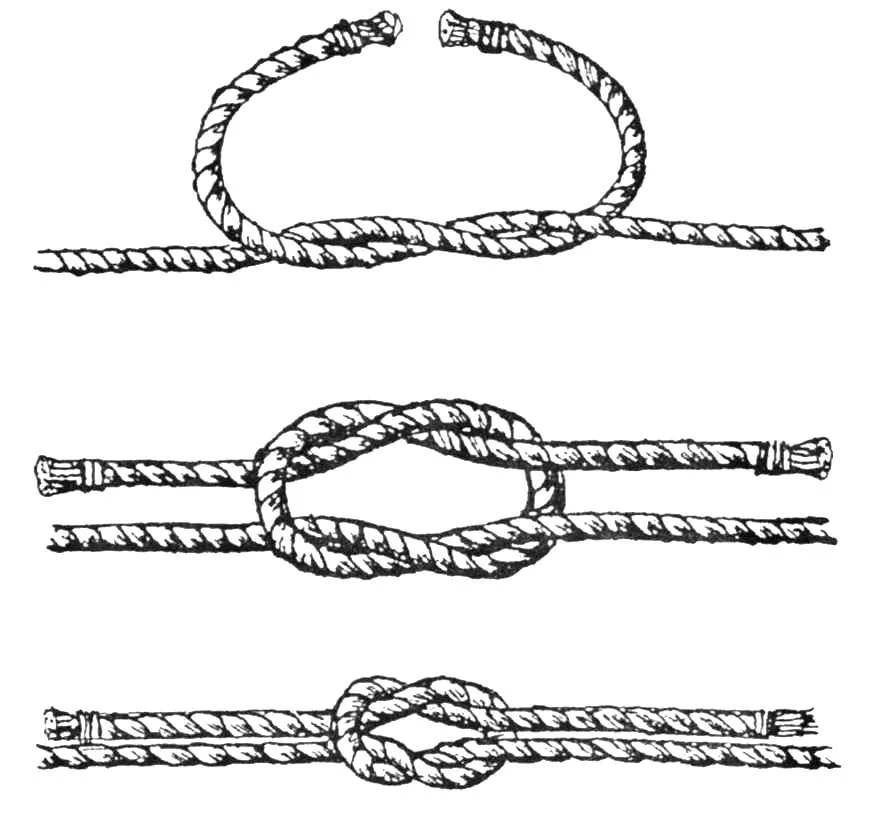
How to knit a straight knot:
- Cross the two ropes to form a semi-knot.
- Repeat the action again, but be sure that the end lying on top of the rope is again on top. If you make this imperceptible mistake, the "babi" knot will come out.
- Tighten.
Simple Bayonet
One of the most indispensable non-tightening marine knots. It withstands a large load of several tons and at the same time is easily untied. It is most actively used in mooring or towing. For reliability, it is better to complete the bayonet with a control node.
Usually two or three bayonets are enough to tie the yacht, for example, to the berth with a ring. There is no point in laying more bayonets, since the strength of the sea knot does not depend on it.
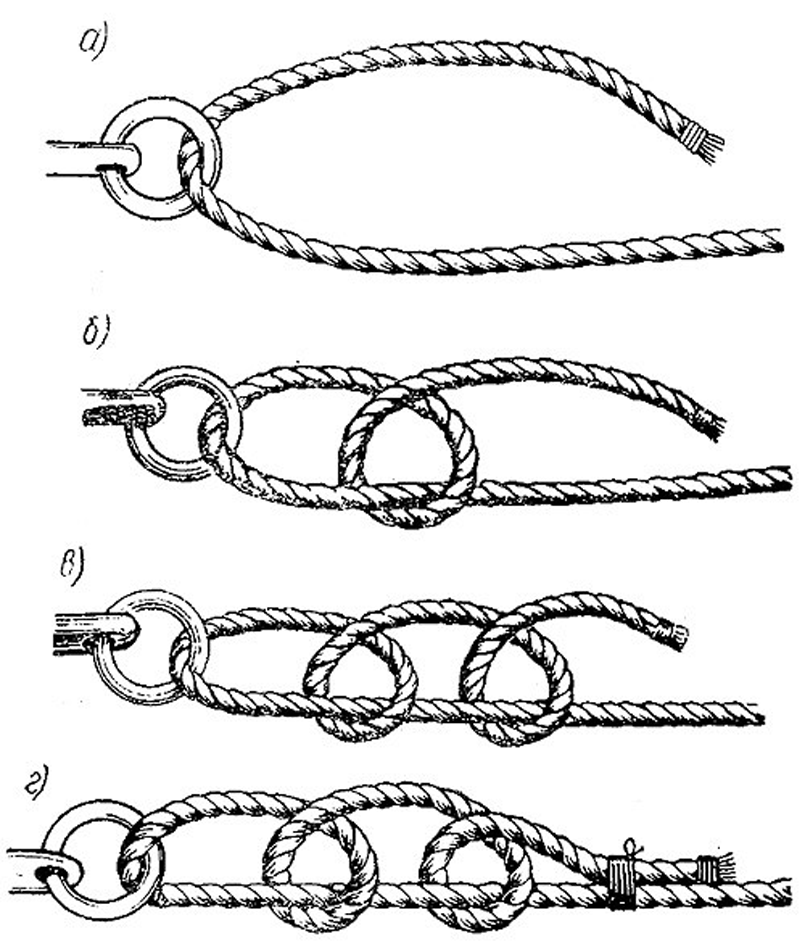
How to tie a simple bayonet:
- Create a loop around the fulcrum.
- Hold the running end under or over the rope.
- Repeat the action in the same direction so that the loops are tied in the same way.
- Make a loop around the rope.
- Fix.
Embossed knot
This marine knot will be needed to tie fenders or secure a rope to a smooth surface, say, a pole, log or pipe. It is used where the load on both sides is approximately the same, otherwise the node will not withstand.
The embossed knot became so called because of the pieces of resin rope about two centimeters in diameter, which were called embossed. They were used on sailing ships by sailors to construct a semblance of a ladder and move along the cables. They came up with a knot to tie it even with one hand, leaving the other free.
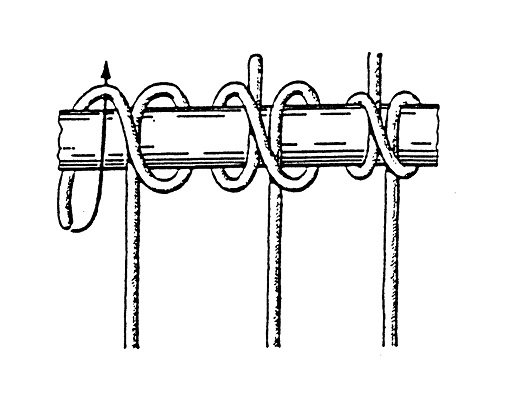
How to knit a embossed knot:
- Surround the running horse around the attachment object.
- Make an overlap.
- Run the end through the resulting loop.
- Tighten tightly.
Arbor
Without exaggeration, a universal marine unit, which comes to the rescue most often. The second name is bulin. The advantage is that they can reliably connect two segments of rope, even different thicknesses. Suitable for mooring, tying around the support and belay. The arbor knot is easy to knit does not slip, and the chance that it will untie is very low.
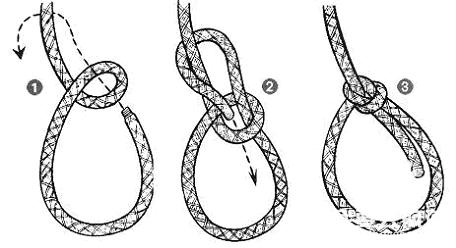
How to tie an arbor knot:
- Form a loop at the end.
- Run the running end through the resulting loop.
- Carry the running end behind the root and thread it back into the loop on the back side.
- Gently tighten the knot.
It is proved that regular practice in knitting knots develops coordination, fine motor skills and improves vision. The technique of knitting sea knots is a mandatory part of the program of the sportFlot sailing school courses. In real life, everything looks much simpler than in pictures, so you will quickly master this useful skill, which will come in handy not only on a yacht, but also at home on land.
- Arts
- Business
- Computers
- Jogos
- Health
- Início
- Kids and Teens
- Money
- News
- Recreation
- Reference
- Regional
- Science
- Shopping
- Society
- Sports
- Бизнес
- Деньги
- Дом
- Досуг
- Здоровье
- Игры
- Искусство
- Источники информации
- Компьютеры
- Наука
- Новости и СМИ
- Общество
- Покупки
- Спорт
- Страны и регионы
- World


